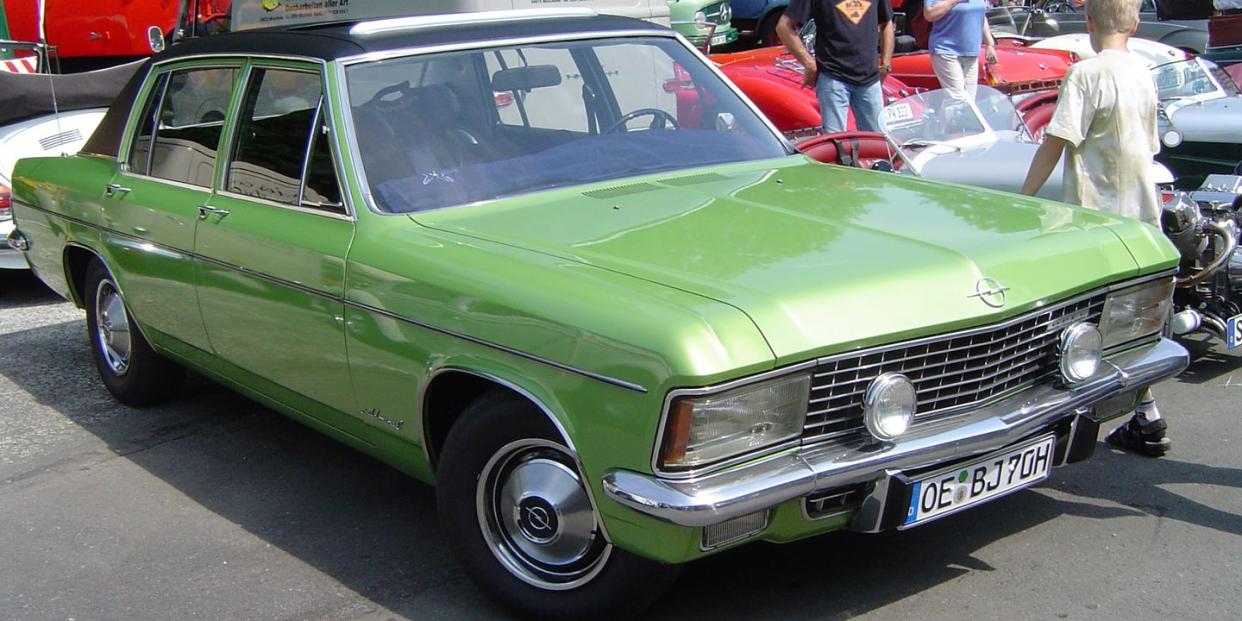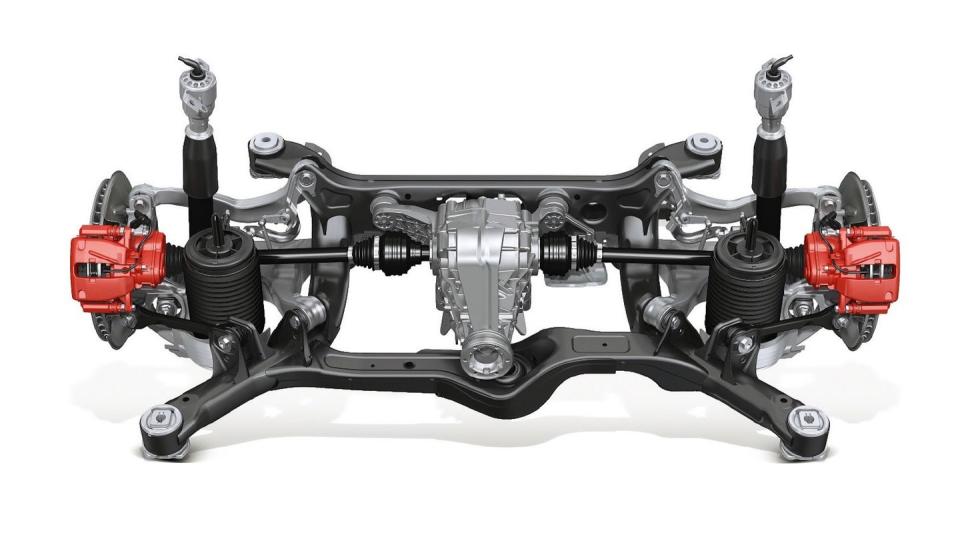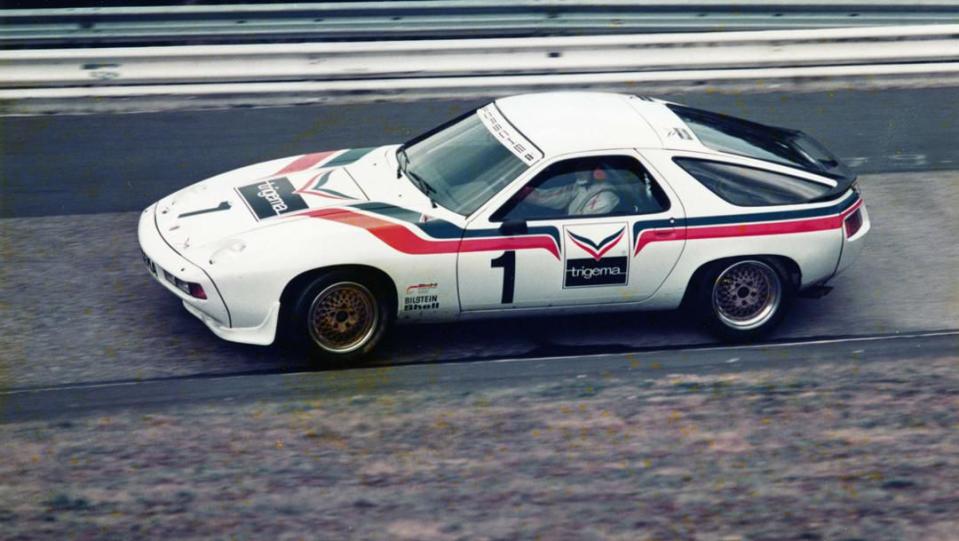Porsche Used an Opel Admiral Mule to Fix the 928

After the Chevrolet Corvair and the rather unfair book that killed it, safety became a higher priority on carmakers' lists. But while Porsche was hard at work on its new front-engined luxury car and planned 911-replacement, a problem arose: the first 928 prototypes suffered from unstable self-steering tendencies:
This was because lateral forces in curves cause the outer rear wheel to switch to a positive track, as if a person’s foot were turned out. What’s almost even worse is that releasing the accelerator during a curve causes a frontward shift in the car’s center of gravity, which lowers the load on the rear. Not only that-the effect of the engine drag torque on the wheels causes them to turn slightly outward. In right-hand curves, for example, the greater load on the left rear wheel will cause it to turn to the left, meaning that the wheels turn somewhat toward a “toe-out” position. The car oversteers when releasing the accelerator in curves.
Something needed to be done. The 928 was supposed the be a grand tourer, not a widow maker.

At the freshly opened Weissach development center, Porsche's engineers discussed how the industry knew about this problem since the 1950s, but the solution was yet to be put into practice due to the lack of simulation tools at hand.
That's when the team of Wolfhelm Gorissen, Manfred Bantle and Helmut Flegl came up with an answer. They turned an Opel sedan into a rather spacious simulation tool by equipping it with the 928's suspension, as well as two steering wheels. Bantle sat in the front and drove normally, while Walter Näher, who later became a racing engineer, sat in the back, simulating the effect of the change to the “toe-in.”
Their trials proved that even slight angles are sufficient to stabilize the handling, although these have to be extremely quick-within 0.2 seconds-to achieve the desired effect.

The so-called Weissach axle uses rubber bushings between the axle components and the suspension. When these bushings compress more on the front suspension points than the rear (and if this effect is supported by suitably adapted axle kinematics for accelerator release), the Weissach setup will produce neutral handling.
In case of the 240 horsepower V8-powered, transaxle 928, the results were more than promising. As former Porsche test driver Frank Lovis recalls: "The Weissach axle suddenly gave the 928 much more stable self-steering properties because the car no longer oversteered. It didn’t make the car any faster in curves, but it did make it much easier to handle, especially for average drivers.”
And average drivers, the world is full of.

Hat tip to Klaus-Achim Peitzmeier!
You Might Also Like

